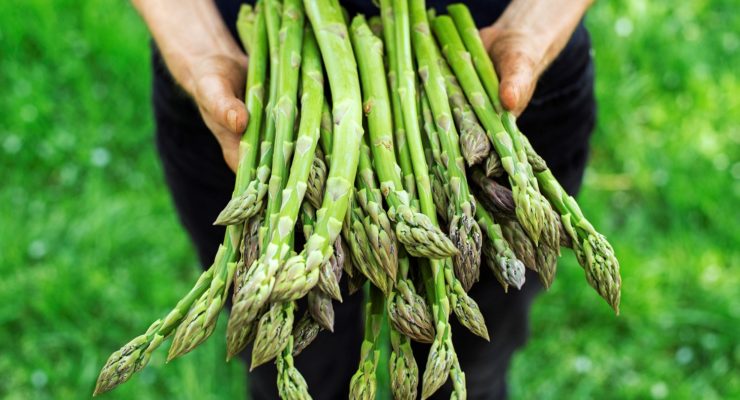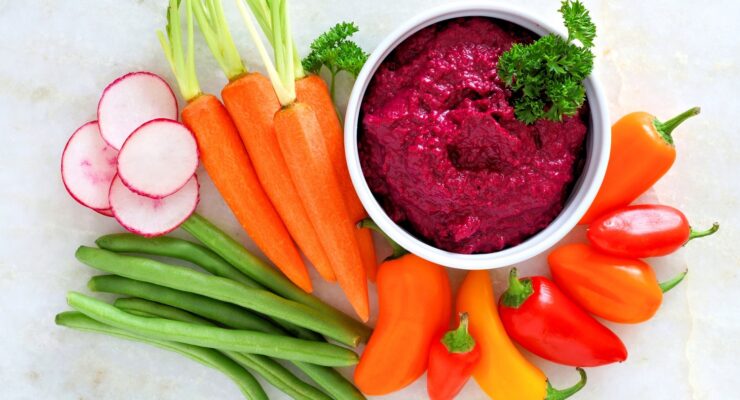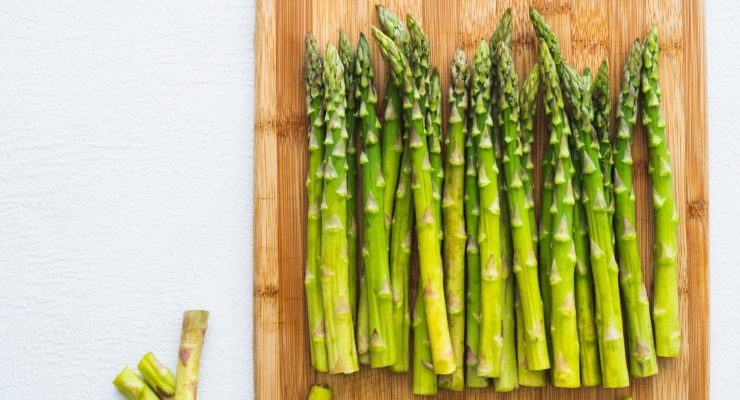Tomatoes, Avocados, Peppers: Are They Fruits or Vegetables?
Article posted in: Diet & Nutrition
By now, you probably know that produce is packed with vitamins and nutrients your body needs. And that fruits and veggies are generally low in calories, fat and sodium, and are cholesterol-free. And you’ve probably also heard that produce provides lots of filling fiber.
But do you know what makes a fruit a fruit, and a veggie a veggie?
According to the University of California’s Vegetable Research and Information Center, a vegetable is the edible part of a plant, and vegetables are typically grouped according to the portion of the plant that is eaten, like the leaves (lettuce), stem (celery), roots (carrot), tubers (potato), bulbs (onion) and flowers (broccoli). A fruit, on the other hand, is the mature ovary of a plant, or the part of the plant that develops from a flower. It is also the portion of the plant that contains the seeds.
Although these definitions make distinguishing between fruits and vegetables seem simple, some produce has proven a bit puzzling to classify. Read on for some clarification on whether common produce items are considered fruits or veggies.
Tomatoes
Although a fruit by definition, the classification of the tomato has a juicy history: Back in the 19th century, the Port Authority of New York enforced a 10 percent import tax on vegetables, but not fruits. In an attempt to dodge an existing tomato tax, an importer went to court arguing that tomatoes are fruits. The great debate made it all the way to the Supreme Court, where the justices admitted that although by botanical definition, tomatoes are fruits, in everyday life, produce served with meats or fish is considered a vegetable. The ruling resulted in the importer paying up for his produce. So what’s the ruling on tomatoes today? While the tomato can be categorized botanically as a fruit, it is officially classified as a vegetable in the United States.
Avocados
Although the United States Department of Agriculture (USDA) recognizes this popular piece of produce as a veggie, by botanical standards, it’s actually a fruit. According to the University of California’s Agriculture and Natural Resources website, avocados actually meet the criteria for single-seeded berries! That’s because not only do they bear the seed of the plant, but they also have a fleshy endocarp and a mesocarp (two layers inside the fruit), which are two criteria for berries.
Bell Peppers
Scroll through the USDA’s vegetable food gallery and you’ll see bell peppers listed. But botanists point out that technically, bell peppers are fruits. That’s because they are an extension of the plant, and they contain the seeds. Surprisingly, this is also the case with eggplant, olives, pea pods, cucumbers, pumpkins and even squash.








